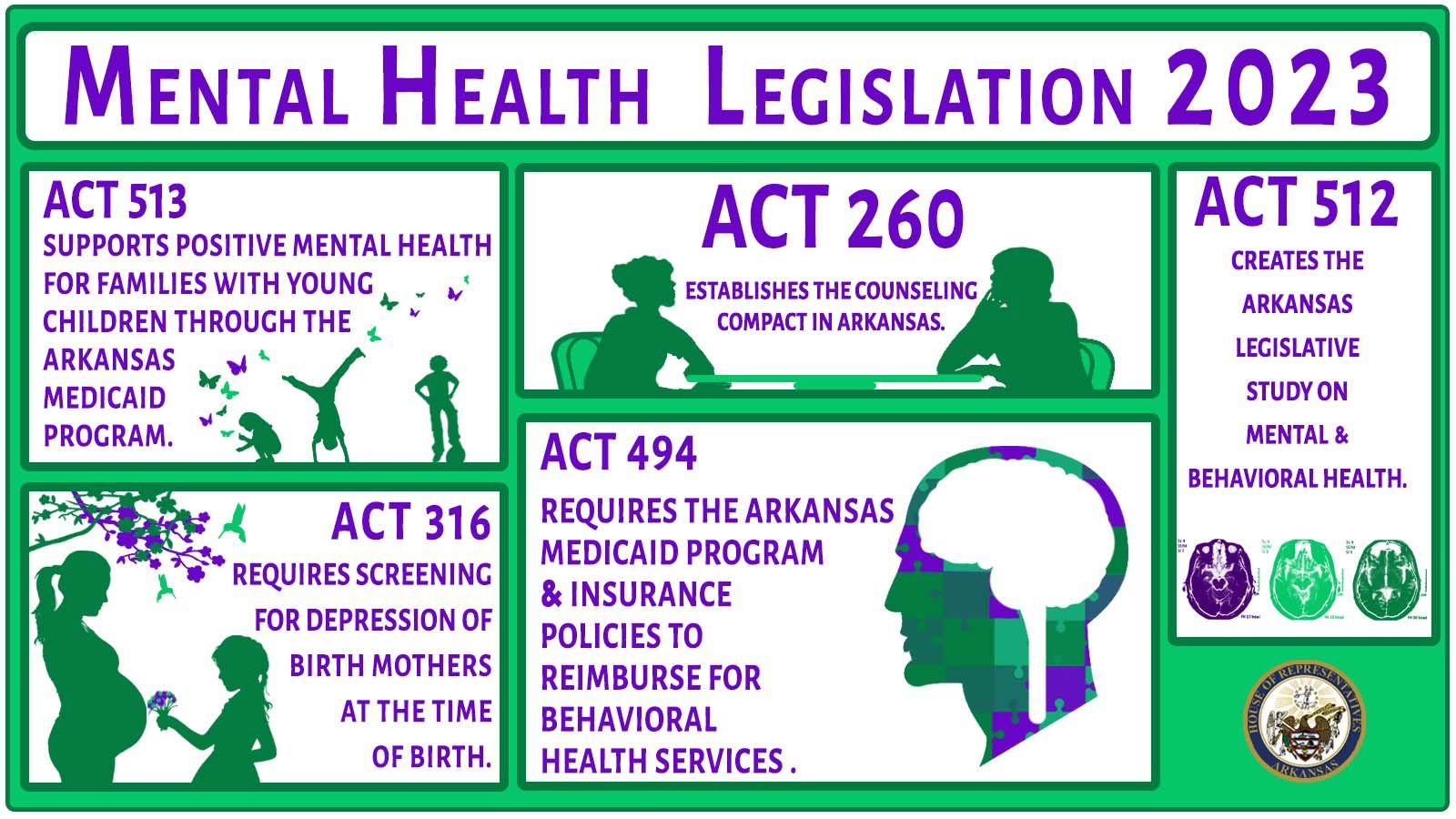Building A Brighter Future: Investing In Children's Mental Health Today

Table of Contents
Understanding the Growing Need for Children's Mental Health Support
Rising Rates of Mental Health Disorders in Children and Adolescents
The prevalence of mental health disorders among young people is alarmingly high and continues to rise. Anxiety and depression are particularly prevalent, impacting a significant portion of the child and adolescent population.
- Anxiety Disorders: The Anxiety & Depression Association of America reports a substantial increase in anxiety disorders among children and teens in recent years. This includes generalized anxiety disorder, social anxiety disorder, and separation anxiety disorder.
- Depression: The Centers for Disease Control and Prevention (CDC) has documented a concerning rise in depressive symptoms among young people, linked to factors such as academic pressure, social media use, and the impact of global events.
- Other Disorders: Beyond anxiety and depression, other mental health concerns like attention-deficit/hyperactivity disorder (ADHD), obsessive-compulsive disorder (OCD), and eating disorders are also becoming increasingly common among children and adolescents.
- Contributing Factors: The rise in these disorders is likely multi-faceted, influenced by increased academic pressure, the pervasive influence of social media, family stressors, and societal changes.
The Long-Term Impact of Untreated Mental Health Issues
Untreated mental health issues in childhood and adolescence can have profound and lasting consequences. Neglecting these challenges can lead to a cascade of negative effects impacting various aspects of life.
- Academic Struggles: Mental health problems can significantly impair a child's ability to concentrate, learn, and succeed academically, potentially leading to lower educational attainment.
- Relationship Problems: Untreated mental health conditions can strain relationships with family, peers, and romantic partners, leading to isolation and social difficulties.
- Increased Risk of Substance Abuse: Children and adolescents struggling with untreated mental health issues are at a significantly higher risk of developing substance abuse problems in adulthood as a form of self-medication.
- Reduced Earning Potential: Mental health challenges can negatively impact career prospects and earning potential throughout adulthood. This can lead to reduced financial stability and overall well-being.
- Increased Healthcare Costs: The long-term costs associated with treating untreated mental health conditions far outweigh the investment in early intervention and preventative care.
Effective Strategies for Investing in Children's Mental Health
Early Intervention and Prevention Programs
Early identification and intervention are critical in mitigating the long-term effects of mental health challenges. Investing in prevention programs is equally important.
- School-Based Mental Health Services: Implementing comprehensive mental health programs in schools, including counseling services and mental health awareness training for staff, can significantly improve early detection and support.
- Community-Based Resources: Strengthening community resources such as youth centers, family support programs, and accessible mental health clinics can provide crucial support networks for children and families.
- Promoting Positive Mental Health: Implementing programs in schools and communities that promote positive mental health, stress management techniques, and emotional intelligence can build resilience and reduce the risk of developing mental health disorders.
- Examples of Successful Programs: Research successful early intervention programs and adapt proven models to local contexts. Examples include mindfulness-based interventions and social-emotional learning curricula.
Access to Quality Mental Healthcare for Children
Access to affordable and high-quality mental healthcare is paramount. Many children face significant barriers to receiving the necessary care.
- Addressing Cost Barriers: Insurance coverage for children's mental health services needs to be expanded, ensuring affordability and accessibility for all families.
- Overcoming the Stigma: Reducing the stigma surrounding mental health is crucial to encourage children and families to seek help without fear of judgment or discrimination.
- Increasing the Number of Providers: There is a critical shortage of child and adolescent mental health professionals. Investing in training and recruitment initiatives is crucial to meet the growing demand.
- Utilizing Telehealth: Expanding access to telehealth services can help overcome geographical barriers and provide convenient access to mental healthcare for children in underserved areas.
Empowering Parents and Educators
Parents and educators play a vital role in identifying and addressing children's mental health needs. Equipping them with the necessary knowledge and resources is essential.
- Parenting Workshops: Offering workshops and resources that educate parents on recognizing the signs and symptoms of mental health challenges in children can significantly improve early intervention.
- Teacher Training: Training teachers to identify and support children experiencing mental health difficulties can create a more supportive and inclusive school environment.
- Online Support Groups: Creating online platforms and support groups for parents and educators to connect, share experiences, and access information can foster a sense of community and shared understanding.
The Economic Benefits of Investing in Children's Mental Health
Reduced Healthcare Costs in the Long Run
Investing in early intervention and prevention programs can significantly reduce healthcare costs in the long run.
- Early Intervention Cost-Effectiveness: Studies demonstrate that early intervention is far more cost-effective than long-term treatment for severe mental health disorders that develop later in life.
- Preventing Hospitalizations: Early intervention can help prevent costly hospitalizations and emergency room visits associated with untreated mental health crises.
Increased Productivity and Economic Contribution
Investing in children's mental health has a positive ripple effect on society, boosting productivity and economic contribution.
- Improved Academic Performance: Children with good mental health are more likely to succeed academically, leading to higher educational attainment and better career prospects.
- Increased Employment Rates: Adults with strong mental health are more likely to be employed and contribute to the economy, leading to increased tax revenue and reduced reliance on social welfare programs.
- Reduced Crime Rates: Research indicates a link between untreated mental health issues and increased crime rates. Addressing mental health needs can contribute to safer communities.
Conclusion
Investing in children's mental health is not just a moral imperative; it's a strategic investment in a brighter future. By addressing the rising rates of mental health disorders, improving access to quality care, empowering parents and educators, and recognizing the significant long-term economic benefits, we can create a society where all children thrive. Investing in child mental health services and improving children's mental wellness is an investment in a healthier, more productive, and more equitable future. Learn more about available resources in your community and how you can make a difference today!

Featured Posts
-
 The Airbus Tariff And Its Effect On Us Airlines
May 02, 2025
The Airbus Tariff And Its Effect On Us Airlines
May 02, 2025 -
 Mental Health Care The Urgent Need For Improvement
May 02, 2025
Mental Health Care The Urgent Need For Improvement
May 02, 2025 -
 Play Arc Raiders Second Public Test Date Revealed
May 02, 2025
Play Arc Raiders Second Public Test Date Revealed
May 02, 2025 -
 Zaboravljena Prica Zdravko Colic I Njegova Prva Ljubav
May 02, 2025
Zaboravljena Prica Zdravko Colic I Njegova Prva Ljubav
May 02, 2025 -
 Fortnite Players Express Disappointment Over New Item Shop Update
May 02, 2025
Fortnite Players Express Disappointment Over New Item Shop Update
May 02, 2025
Latest Posts
-
 Exploration De La Serie Joseph Tf 1 Et Son Intrigue La Creme De La Crim
May 03, 2025
Exploration De La Serie Joseph Tf 1 Et Son Intrigue La Creme De La Crim
May 03, 2025 -
 La Creme De La Crim L Impact De Joseph Sur Tf 1
May 03, 2025
La Creme De La Crim L Impact De Joseph Sur Tf 1
May 03, 2025 -
 Is Reform Uk Doomed Five Warning Signs For Nigel Farages Party
May 03, 2025
Is Reform Uk Doomed Five Warning Signs For Nigel Farages Party
May 03, 2025 -
 Joseph Tf 1 L Univers De La Creme De La Crim
May 03, 2025
Joseph Tf 1 L Univers De La Creme De La Crim
May 03, 2025 -
 Nigel Farages Reform Uk Facing A Political Crisis Five Key Issues
May 03, 2025
Nigel Farages Reform Uk Facing A Political Crisis Five Key Issues
May 03, 2025
